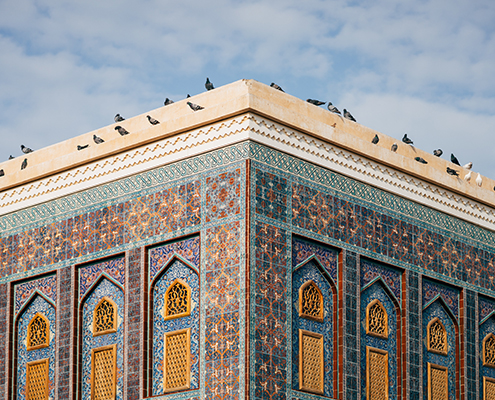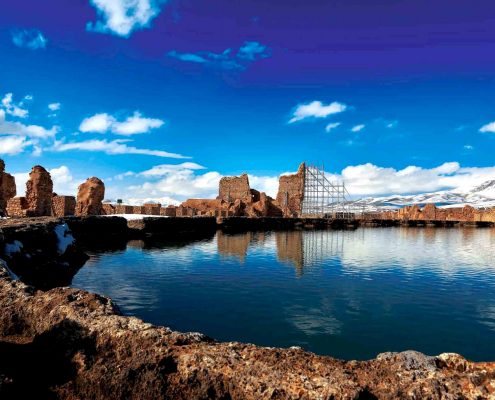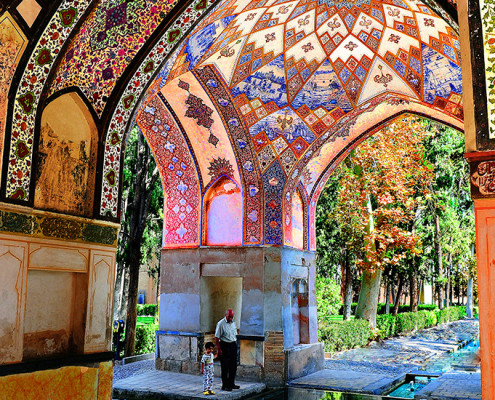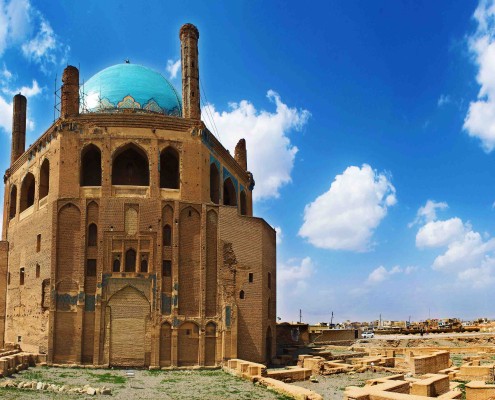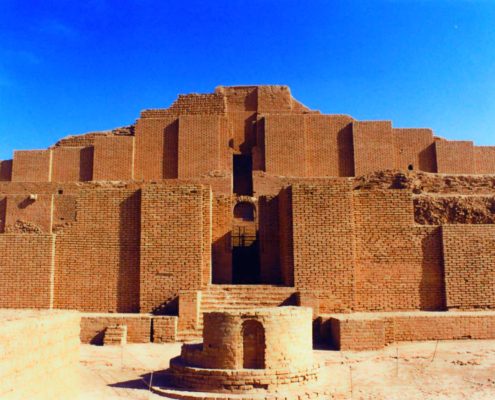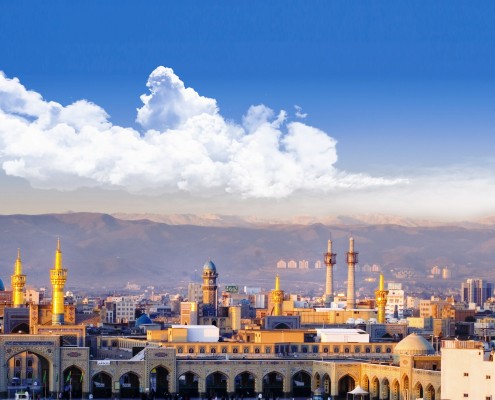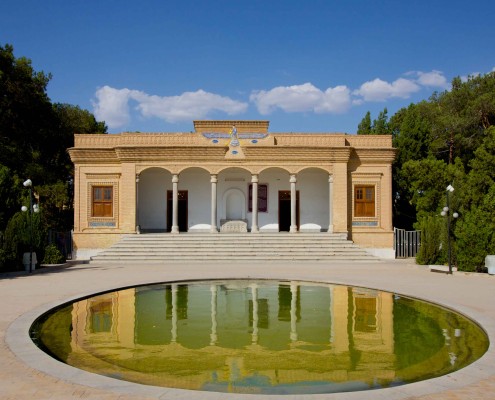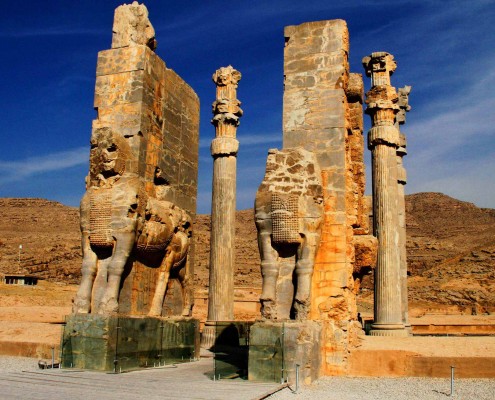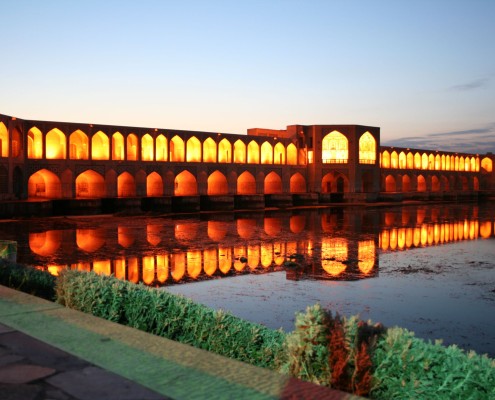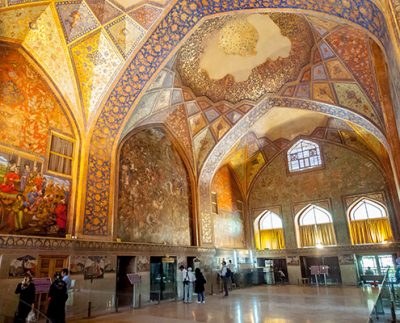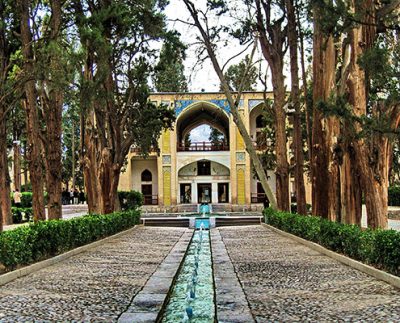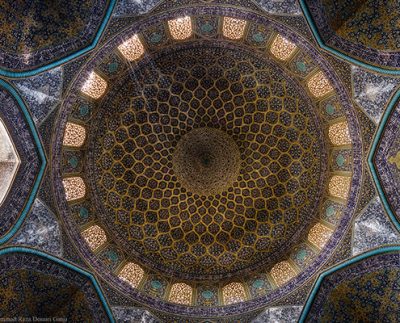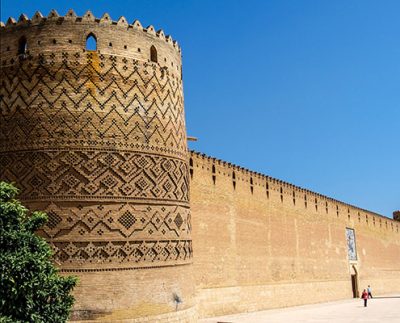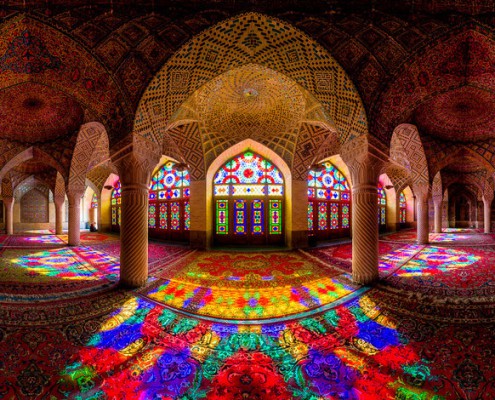Culture Tours
As one of the most ancient civilizations on Earth, Iran has embraced many well-known cultural and historical sites, including some UNESCO world heritage sites. Ideal climatic conditions made this land one of the very first destinations to be settled by man in ancient times, and the legacy that has been left over history is worth to be visited today. Feel the elegance and glory through Iran Cultural Tours by Iran Doostan.
Iran Doostan also operates tours to Uzbekistan alongside Iran Cultural Tours. The history and culture of Uzbekistan are rich, and there are many stunning mosques and city sights to enjoy. As one of the new tourist destinations, Uzbekistan can delight its visitors in various ways and become a sparkling star of Central Asia.
Qatar has become one of the most traveled destinations in Asia. With numerous popular attractions in Qatar and plenty of things to do in Doha, you will experience the ultimate cultural tour of your life. Qatar’s tourist attractions are some of the most adventurous and joyous places to visit. For the best travel experience with your family or friends to Qatar, Iran Doostan Cultural Tours is the right choice.
If you have decided to visit any dimension of central Asia and Iran cultural tours, our tours would best match your taste.
Please do not hesitate to contact us at info@idt.ir

